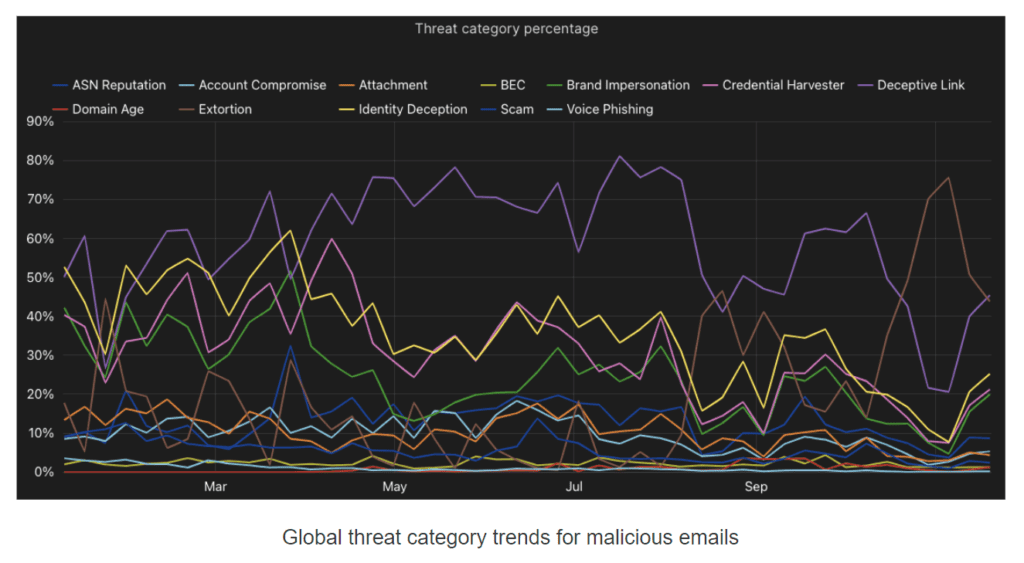In the dynamic digital world, the year 2023 has proven to be a transformative period, marked by unprecedented advancements in internet connectivity, accelerated data speeds, and heightened security measures. As the global community becomes more interconnected, individuals and businesses find themselves at the nexus of innovation and necessity, relying on a resilient digital infrastructure to drive progress. From lightning-fast connectivity to cutting-edge security protocols, the spotlight is firmly on the critical role of cybersecurity in safeguarding this interconnected digital frontier.
In the era of cloud computing, the proliferation of IoT devices, and the migration of critical systems online, the demand for robust cybersecurity measures has reached unprecedented levels. According to a recent report by Cloudflare, the finance industry emerged as the most targeted sector in 2023. Organizations providing websites and applications for mobile payments, investments/trading, and cryptocurrency operations were prime targets, with European countries such as Austria, Switzerland, France, the United Kingdom, Ireland, Italy, and the Netherlands, as well as North American countries including Canada, the United States, and Mexico, experiencing heightened cyber threats.
The healthcare industry also faced significant challenges, particularly in multiple African countries, including Benin, Côte d’Ivoire, Cameroon, Ethiopia, Senegal, and Somalia. The report revealed that Log4j, an older vulnerability, remained a persistent target throughout the year, while the emergence of the HTTP/2 Rapid Reset vulnerability garnered attention with a flurry of record-breaking attacks.
Malicious bots pose a significant threat to websites and applications. Analysis of malicious emails underscored the diverse threats faced by individuals and businesses, emphasizing the importance of comprehensive email security solutions. Weekly trends in threat activity across categories revealed that up to 80% of malicious emails contained deceptive links, highlighting the evolving tactics employed by cybercriminals.

Mobile devices continued to dominate global internet traffic, constituting over 40% of total traffic, with more than 80 countries/regions witnessing a majority of traffic originating from mobile devices. The popularity of mobile devices, connecting via Wi-Fi or 4G/5G services, has grown exponentially over the last 15 years, becoming integral to both personal and professional lives.
Globally, Android devices accounted for over two-thirds of mobile device traffic, with Bangladesh and Papua New Guinea leading the pack with over 95% of their mobile device traffic coming from Android devices. Conversely, countries with an iOS share exceeding 50%, such as Denmark, Australia, Japan, and Canada, boasted higher gross national income per capita.
IPv6 adoption varied globally, with India taking the lead at 70% thanks to near-complete adoption by the Indian telecommunications giant, Reliance Jio. Malaysia closely followed with a 66% adoption rate, reflecting robust IPv6 adoption among leading Internet providers in the country.
In the internet services sector, Google retained its position as the most popular general internet service, with TikTok dropping to fourth place. OpenAI claimed the top spot in the emerging Generative AI category, while Binance remained the most popular cryptocurrency service, solidifying its standing in the ever-evolving digital landscape.
As we move forward, the digital revolution is far from over. The lessons learned from the challenges of 2023 will undoubtedly shape the strategies and innovations that will define the future of the interconnected world. The spotlight on cybersecurity, technological adoption, and the continued evolution of digital services will remain at the forefront, guiding us into a future where connectivity and security go hand in hand.
Read next: Equinix’s private AI infrastructure to revolutionize AI deployment by ensuring data privacy








